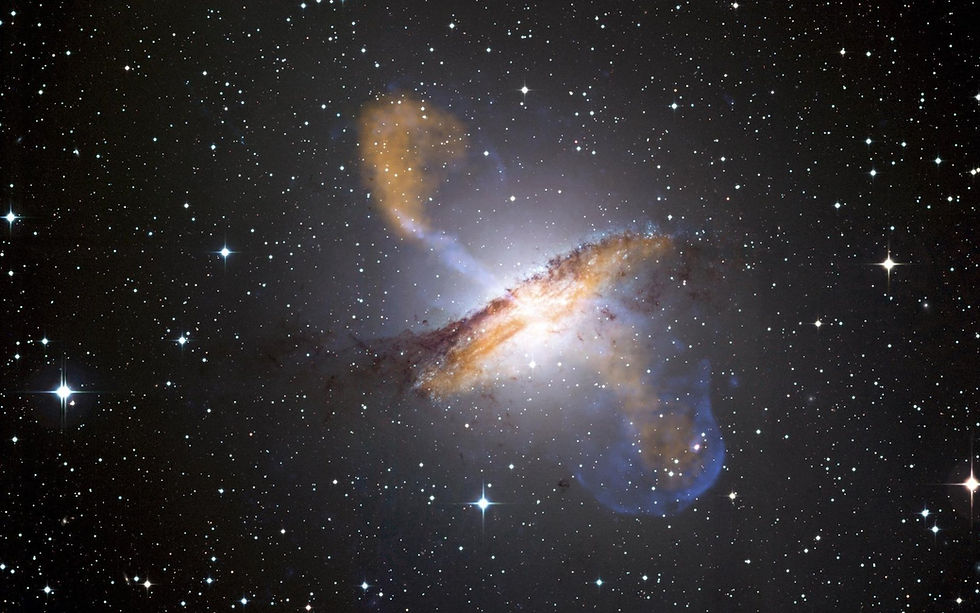Union and Connection through the Scientific Lens
- Julie Yogi

- Jun 28, 2024
- 2 min read

Before the Big Bang, 13,7 billion years ago, there was a magnificent and monomorphic force. Some humans named it “God”, others labelled it “Supreme Being”. For some, it was the vibration of the primordial sound Om, an energy-matter on standby, a mathematical point, an undifferentiated force. The Hebrew called it the “Word”, the Greeks called it “Chaos”. Every human group found a name for Unity pre-Big Bang. All these propositions were meaning the same thing: in space and time there was a primary singularity. It was pulsing, surrounded by nothingness. An explosion did liberate it. It was the rupture. The end of Unity... since then, we are all looking for ways to come back to it. When I heard that the theme for this newsletter was “Union, Connection & Community”, I thought: “what a wonderful theme to speak about Anatomy!” Our bodies are nothing more than star fragments which evolved to this point in time. We all share the same cosmic genealogy[1].
Leslie Kaminoff likes to say “Anatomy is a story told with a sharp instrument”. It’s true: Anatomy is the art of naming and situating different parts of the body. And since the 16th century we have identified different systems, organs, viscera, bones, muscles, tendons, etc... We have revealed the body through dissection and the separation of parts. We have differentiated.
If we believe in this story, the science of Anatomy is here to show us separate parts. But there are other stories being told and we know that everything is interconnected. We are not a collection of parts but a living, breathing, in constant evolution, organism. The story told by anatomists has evolved and is now including Fascia. The first reference to this connective tissue is ancient (as early as 3000BC in Ancient Egypt) and research has tremendously accelerated in the 21st century with the development of new technologies.
Fascia gives us to see the connection between all the parts. Suddenly, we can see continuities, lines, pathways, integration, that goes way beyond simple concepts. For example the contractile elements in skeletal “muscles” and “tendons” fibers become a single unity, a single continuity now called MTU (for musculotendinous unit). The MTU is a composite structure that includes muscle, tendon, myotendon junctions, tendon sheaths, and tendon-bone junctions[2], through which contractile forces are generated and transmitted. We have shifted our view into a more biotensegral comprehension of the body. We now speak of “integral anatomy” and “integrative anatomist”... We are coming back to the Union.
As Yoga practitioners and teachers, we also share with others our love for the connection of mind, body, emotions and spirit. We create connections within and outside our communities. We know that the field in between humans is not empty... We are all part of the same. I hope that we will have the chance to practice together one day, and discover what fills that connective space between you and me.
[1] Trinh Xuan Thuan “The Cosmos and the Lotus”
[2] “Function, structure, and responses of components of the muscle-tendon unit” JS Moore https://pubmed.ncbi.nlm.nih.gov/1411856/



Comments